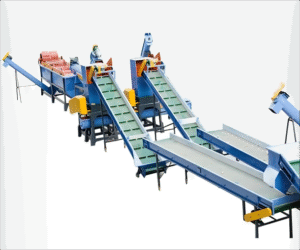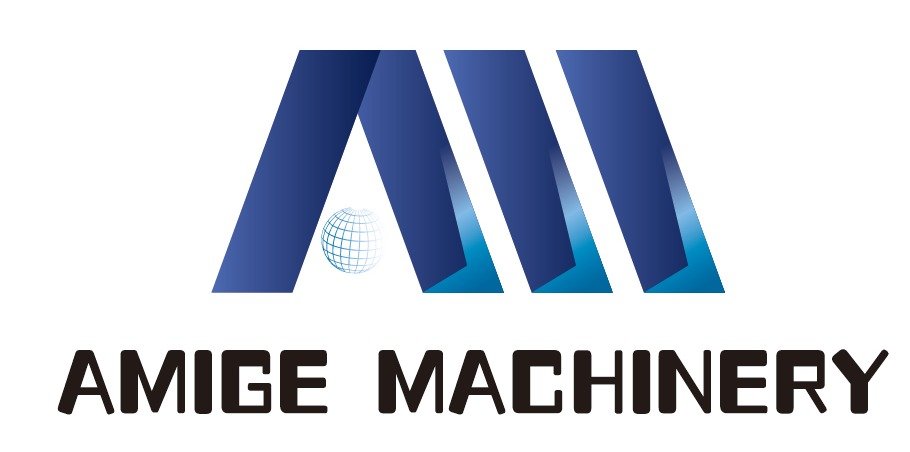Every time I walk past an overflowing trash bin, I can almost hear the plastic sighing: “Don’t throw me away like this!” The piles of mixed plastic waste—bottles, bags, and wrappers—are not just ugly; they’re a resource being squandered. Communities face rising disposal costs, and recyclers like me at Amige struggle with contamination. This is the problem. The longer we ignore sorting, the more money and material we lose.
**Plastic waste sorting is essential because it improves recycling quality, reduces environmental pollution, and creates economic value. By classifying plastics by type, color, and contamination level before processing, communities can maximize recovery rates, cut costs, and produce higher-quality recycled materials.**

I’ve spent years working with plastic crushers and shredders, but even the best machines can’t save unsorted waste. Sorting is the foundation. And it’s easier than you think.
Plastic Washing Machine PET Bottle Plastic Bottle Recycling Machine
## What Is the Real Impact of Sorting Plastic Waste Before Recycling?
Let’s start with the big picture. According to Global RecyclingData, mixed plastic waste can lose up to 40% of its recyclable potential due to contamination. That’s like pouring money straight into the landfill.
By sorting plastics properly, communities and companies can increase recovery rates, improve product quality, and reduce harmful emissions from incineration. This means cleaner streets and stronger recycling markets.
## Which Types of Plastic Should We Sort?
In my experience, you always start with the big three: PET, HDPE, and PP. These represent the highest recycling value. PET bottles, HDPE milk jugs, PP food containers—each has its own melting point and chemical behavior. Mixing them leads to inferior products.
Tools like infrared scanners or simple float-sink tests can help identify plastic types quickly HDPE plastic drum washing line. Even color sorting matters—clear plastics fetch higher prices.
## How Should Communities Implement Sorting Programs?
This is where education and accessibility come in. You can’t expect people to sort if bins are confusing or far away. We’ve seen great success with color-coded bins, clear signage, and local workshops.
When communities combine clear instructions with incentives—like discounts on waste fees—participation skyrockets. In one pilot, reported a 70% increase in correctly sorted plastics after only three months.
## What Role Do Businesses Like Mine Play?
At Amige, we don’t just sell shredders and crushers. We partner with municipalities and factories to set up pre-sorting systems. This ensures our equipment runs efficiently and produces high-quality flakes.
I like to think of it as an orchestra: sorting is the sheet music, shredders are the instruments, and the community is the conductor. Without the right notes, the music turns into noise.
## Are There Simple Tips for Households to Sort Plastics Better?
Absolutely. Rinse containers before disposal. Remove caps and labels. Separate soft films from rigid plastics. Keep hazardous materials like PVC out of the recycling bin.
I often say: “If you wouldn’t eat off it, don’t throw it in the recycling without cleaning.” This one-liner has actually stuck with some of our workshop participants PET Plastic Bottle Washing/recycling Line/machine/plant
## How Does Good Sorting Connect to Plastic Crushing Technology?
This is my favorite part. When sorted plastics enter our crushers, the process becomes smoother. Less contamination means less blade wear, fewer jams, and higher-quality flakes.
That’s why we at Amige always advise communities: invest in sorting first. Your crushing and shredding equipment will thank you, and your recycling profits will grow.
LDPE HDPE Plastic material washing line
## What Are the Long-Term Benefits of Plastic Sorting?
Sorted plastics don’t just improve recycling today. They lay the groundwork for advanced technologies like chemical recycling, 3D printing feedstocks, and composite materials. This opens doors to innovation and new business models.
For example, sorted PET can be transformed into high-grade fibers, while clean HDPE can become durable construction materials. Sorting is not just housekeeping; it’s an investment.
Conclusion
Sorting plastic waste is the simplest yet most powerful step toward better recycling. It reduces contamination, increases profits, and supports new technologies. Without sorting, even the best machines can’t deliver a clean, green future.

